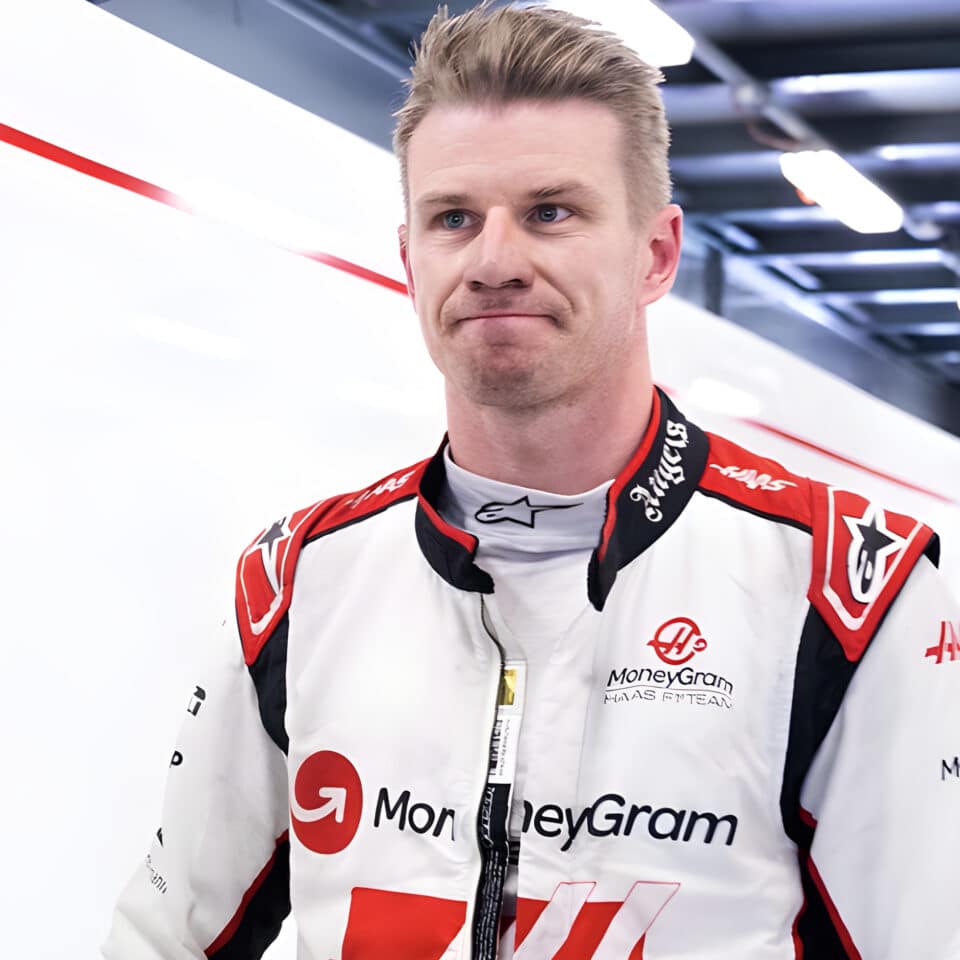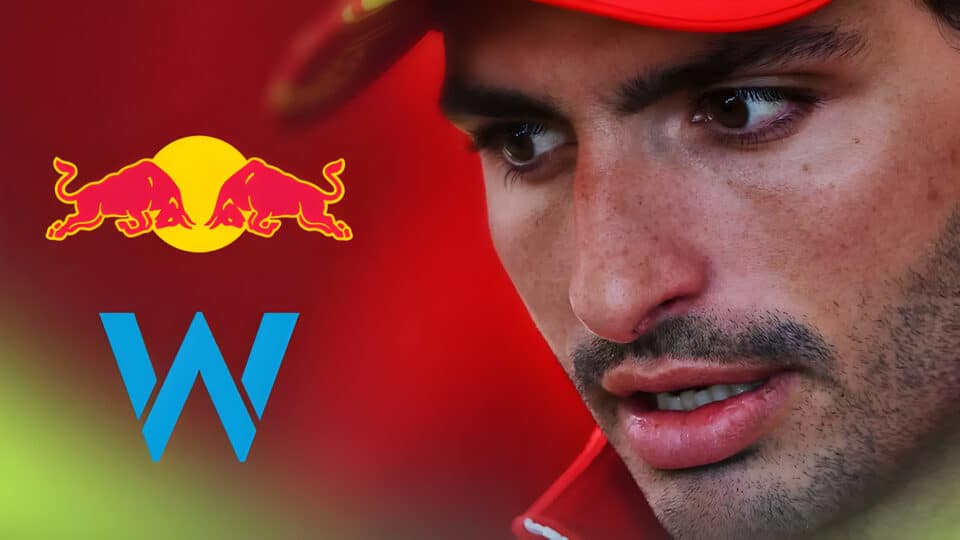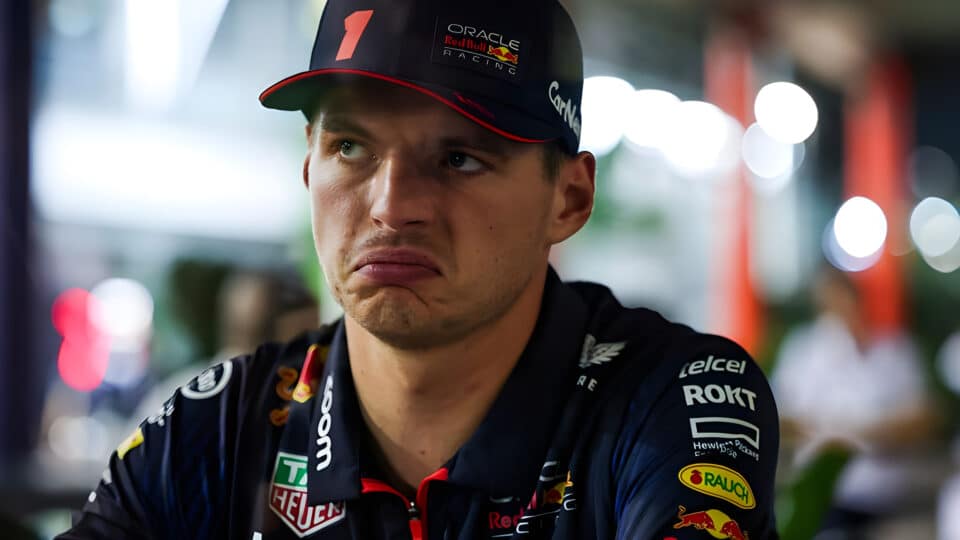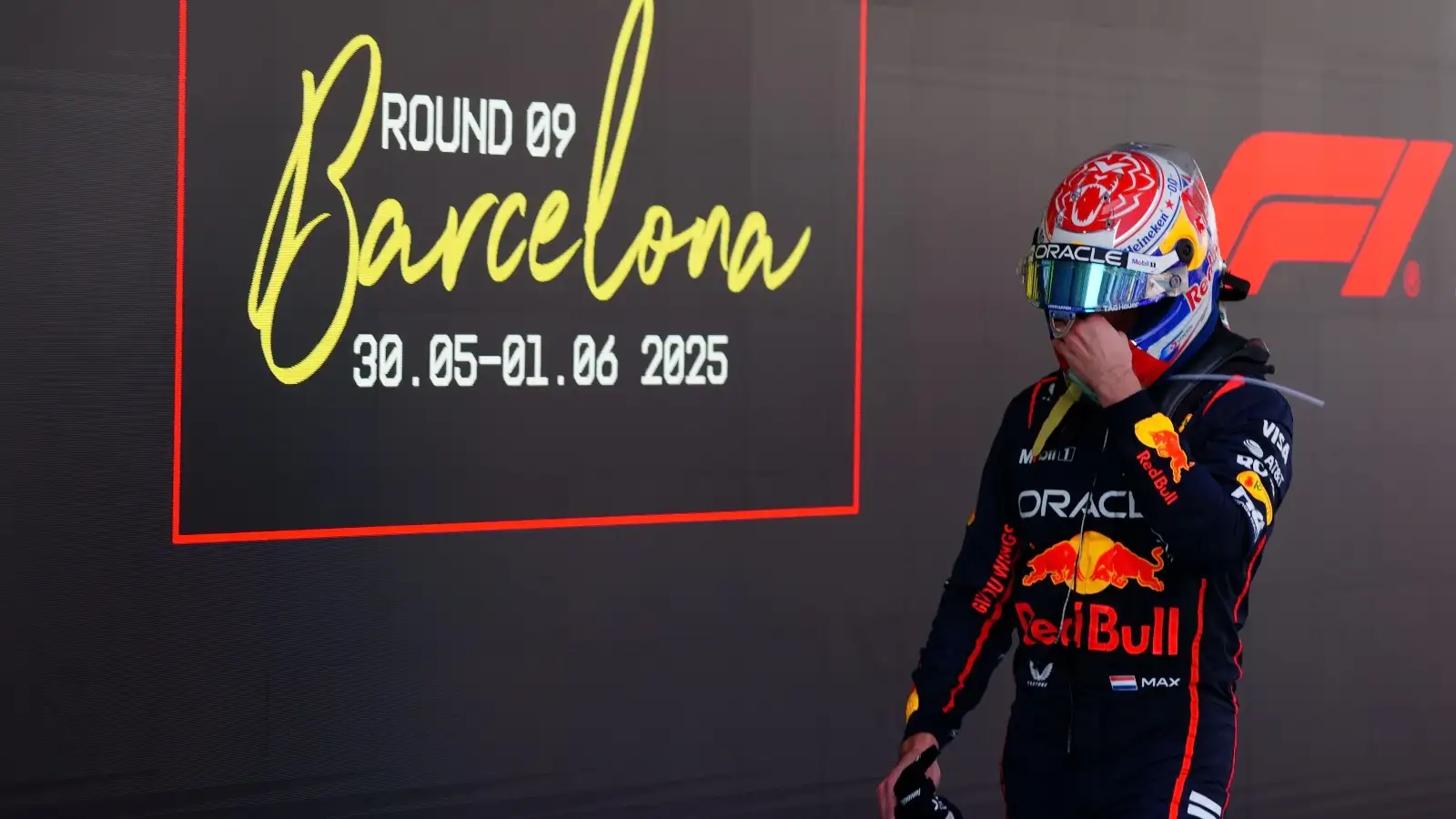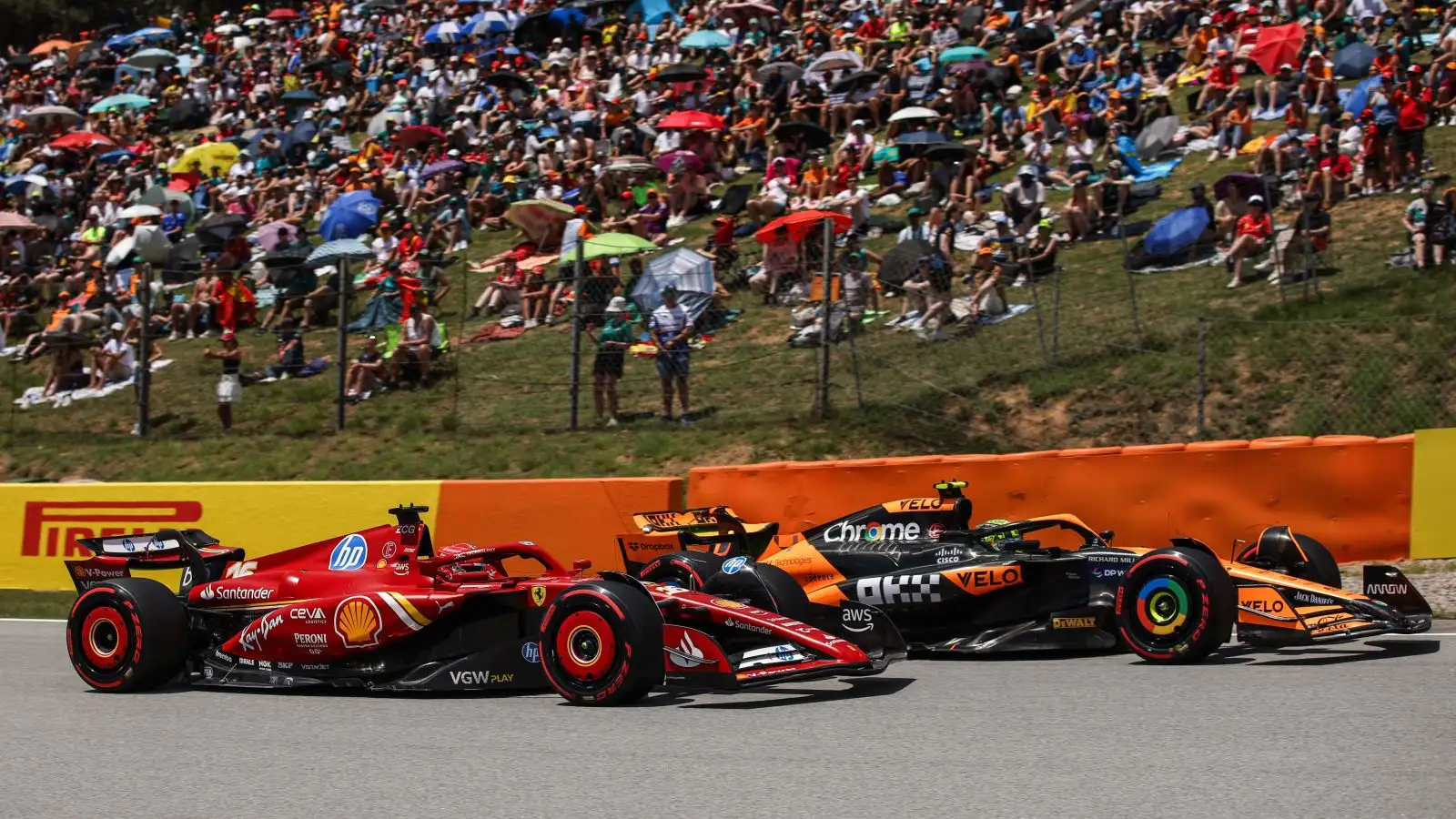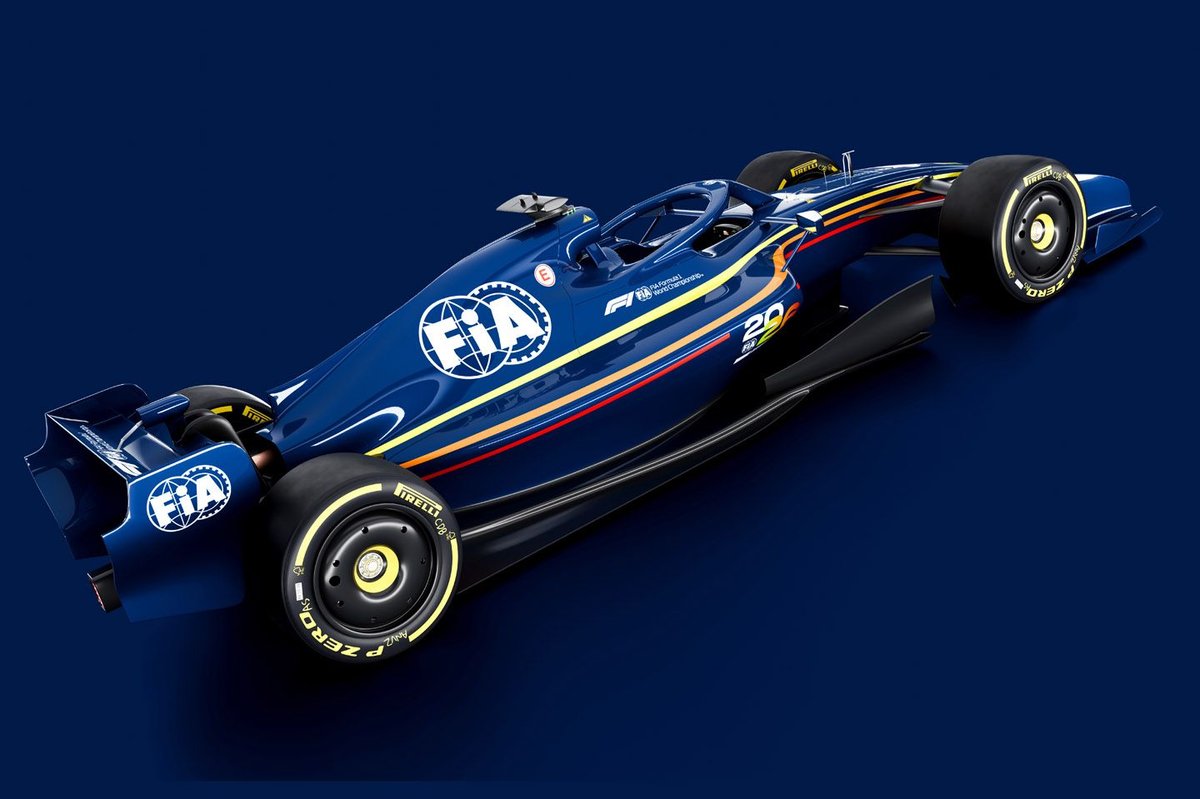In a shocking turn of events, the Haas F1 Team faced a major setback at the Monaco Grand Prix as both Nico Hulkenberg and Kevin Magnussen were disqualified from qualifying due to a technical infringement.
The disqualification stemmed from an illegal rear wing configuration on both Haas cars. The Drag Reduction System (DRS) flaps on their cars were found opened beyond the permitted limit. According to the Technical Delegate’s findings, ‘the uppermost adjustable positions of the rear wing element exceeded the maximum value of 85 millimetres permitted by Article 3.10.10.h of the Technical Regulations.’
Haas admitted the error, stating there was no sporting advantage gained, but this argument held no weight under Article 1.3.3 of the International Sporting Code, which mandates penalties for any infractions, regardless of their impact on performance. The rear wing otherwise met all technical specifications.
For Nico Hulkenberg, who had qualified in 12th place, this was a particularly hard blow, as he had a strong chance of finishing in the top ten and scoring valuable championship points. Kevin Magnussen, who had qualified 15th, had slimmer chances of scoring points even before the disqualification. Both drivers now face the challenge of starting from the pit lane.
In order to participate in the race, Haas had to submit an application to the FIA, which was approved. The approval was largely a formality, given the team’s demonstrated competitiveness during practice sessions. Haas was open about the error, attributing it to an inadvertent mistake in the setting of the wing gap. The new rear wing was introduced specifically for the Monaco race and was being used for the first time.
The disqualification of both Haas drivers significantly impacts the Monaco Grand Prix dynamics. Starting from the pit lane is a considerable disadvantage, especially on Monaco’s narrow and twisty roads, where overtaking is notoriously difficult. Key sections like Casino Square, the tunnel, and the Grand Hotel hairpin are iconic but offer little room for error or overtaking.
Modern F1 cars are technological marvels designed for optimal performance on various circuits, but these advances present challenges at Monaco. The cars are wider than in previous eras, often approaching two meters in width, reducing the already limited space available on Monaco’s narrow streets. Aerodynamic design is also crucial as modern F1 cars rely heavily on downforce. When one car follows closely behind another, it experiences ‘dirty air,’ reducing grip and stability and making overtaking harder.
Given the overtaking challenges, strategy becomes paramount at the Monaco Grand Prix. Qualifying performance is crucial as starting at the front often determines the race outcome. Drivers aim to protect their tires and manage fuel, focusing on maintaining position. Pit stop strategy is another critical element, with teams planning stops meticulously to gain track position or defend against rivals. However, even strategies like the undercut have limited effectiveness at Monaco due to its short and narrow pit lane.
The 2024 Monaco Grand Prix, starting at 4 pm on Sunday, is the eighth race of the season. This weekend has already provided surprises, with Red Bull’s Max Verstappen missing out on pole position for the first time this year. Local hero Charles Leclerc of Ferrari secured the coveted spot instead. The Haas team will now have to reassess and adjust their strategies to mitigate this setback, focusing on damage control and aiming for the best possible result despite the challenges.
This incident underscores the stringent nature of Formula One regulations and the critical importance of adhering to them. As the Monaco Grand Prix unfolds, all eyes will be on how Hulkenberg and Magnussen navigate their way out of the pit lane. The team will be hoping for rain and multiple safety cars to turn their fortunes around.
